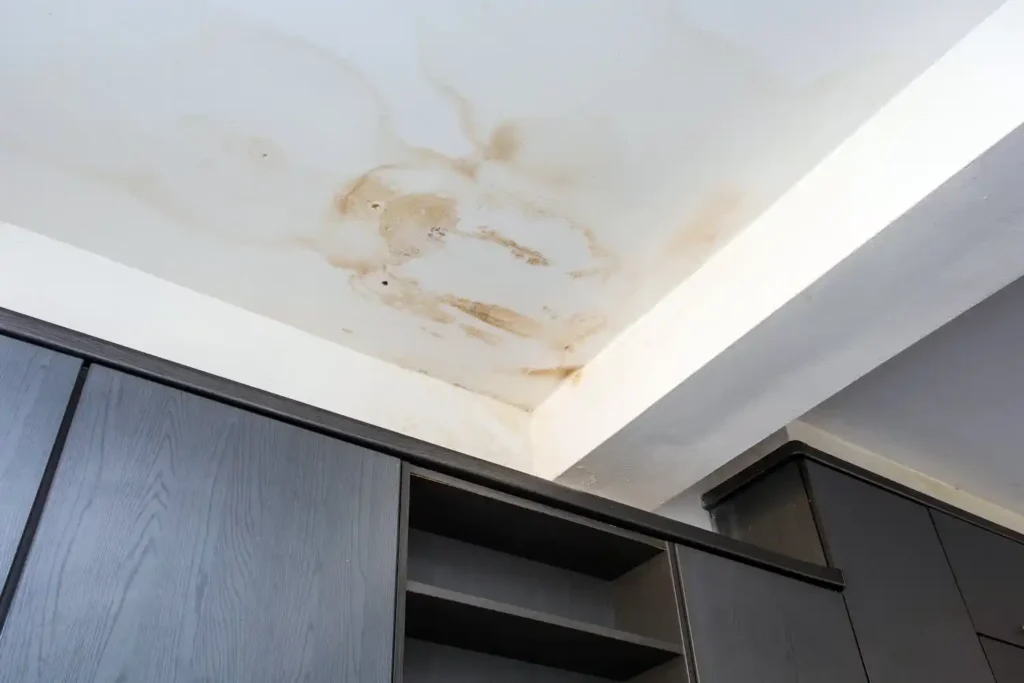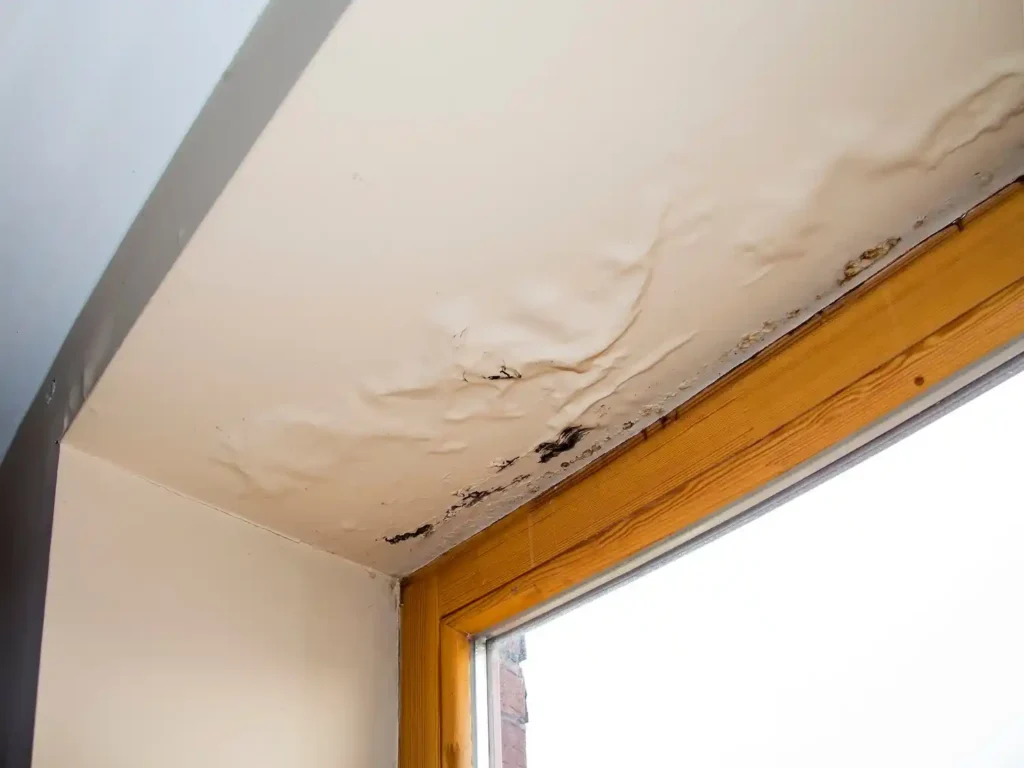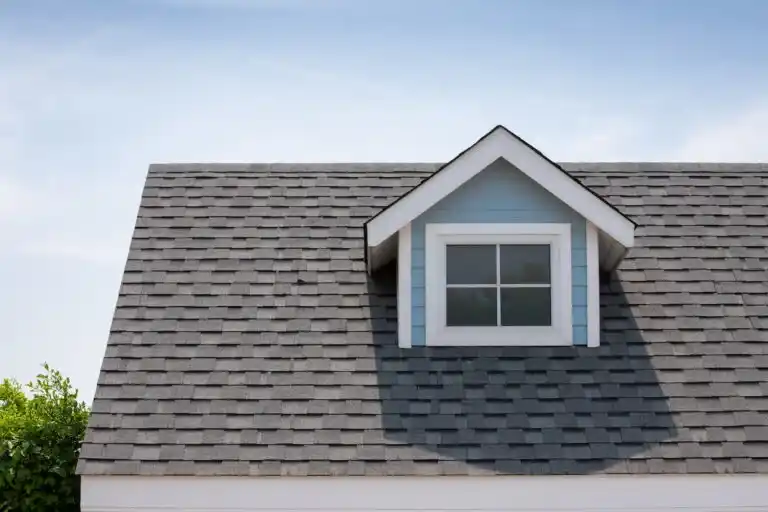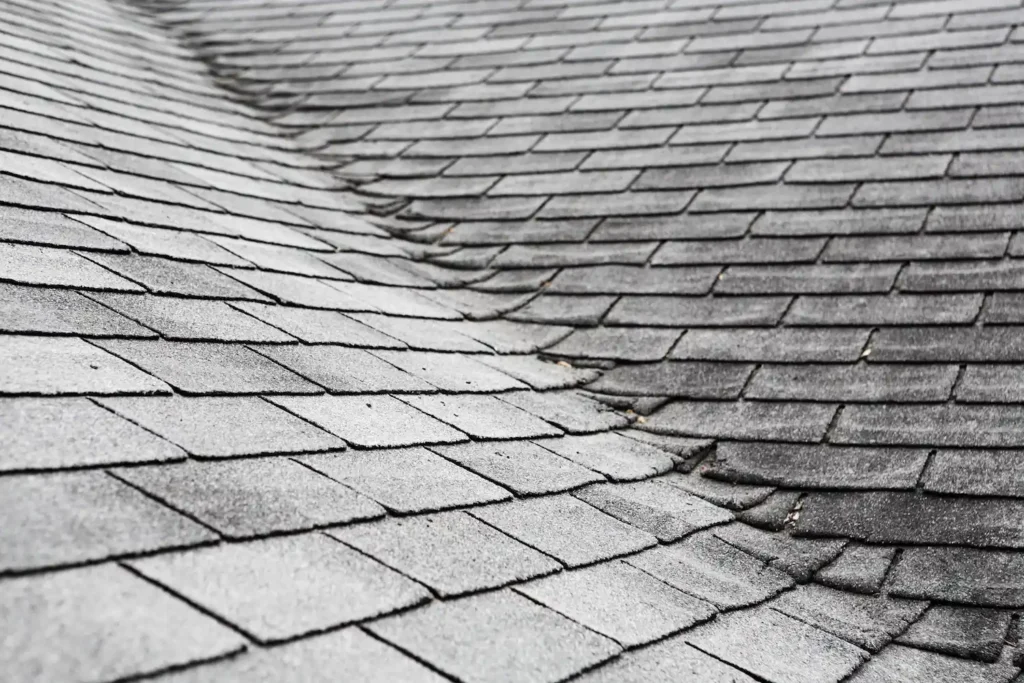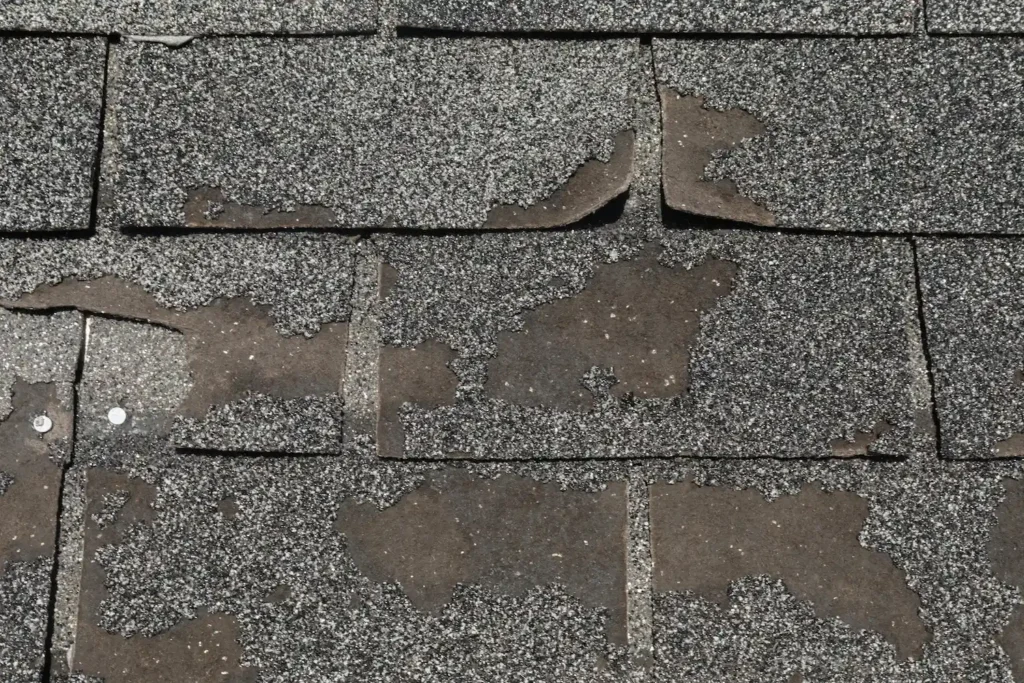
13 Fun Things To Do In Gaithersburg With A Free Day
Now a bustling suburb of Washington DC, Gaithersburg was once a small agricultural settlement known then as “Log Town” in 1765. The town didn’t officially become “Gaithersburg” until 1878, when it was incorporated— and didn’t become a city until the late 1960s. Amazing right?
Since then, Gaithersburg has grown into a wonderful city full of vibrant entertainment mixed in with stunning history. Locals and visitors alike can enjoy all that Gaithersburg has to offer— from delicious food to visual art exhibits.
1) SENECA CREEK STATE PARK 🛶
Maryland’s largest state park, Seneca Creek State Park is a beautiful 6,300-acre oasis of woods and meadows. The park is perfect for:
hiking
biking
fishing
kayaking
and more
In the springtime, the park comes alive with colorful wildflowers. During the summer months visitors can rent a boat and head out on the 90-acre Clopper Lake, or just enjoy some shoreline at the beautiful beach. And for a little bit of history, visit the restored 19th century cabin along a self-guided path.
2) GAITHERSBURG COMMUNITY MUSEUM 🚂
The Gaithersburg Community Museum is located in the B&O Railroad building in Olde Towne and features indoor and outdoor interpretive spaces for children that ignite their imagination and exhibits that explore the area’s rich history. The Museum is an interactive place for all ages, with ever-changing weekly activities and monthly sessions.
3) DOGFISH HEAD ALEHOUSE 🍺

After a museum tour with the kids, who doesn’t want an ice-cold beer? Dogfish Head Alehouse is the place to visit for its great atmosphere, vast beer lists, and amazing food to go along with it. They are located in Maryland and Virginia and have become a go-to spot for many locals and tourists alike. With over 14 Dogfish Head beers on tap, you really can’t go wrong! Try one, try them all, or just enjoy the good eats, including their ever-changing Burger of the Week.
4) BOHRER PARK 🏐
At Bohrer Park, kids and adults alike can enjoy the outdoors together as a family, in large groups, or just on a solo adventure. The park includes several open fields, horseshoes, volleyball, ponds, and an enticing playground area. Three picnic areas are located within the park. Each pavilion can hold up to 225 people. A pavilion with 13 picnic tables and two grills is located on the hillside where groups can gather year-round to celebrate any occasion they please.
5) CONSTITUTION GARDENS PARK 🌺
Another beautiful local Gaithersburg park is the Constitution Gardens Park. This park is home to multiple gardens, blissful wooden swinging benches, and relaxing fountains. Plus, this park is home to hundreds upon hundreds of native plants and wildlife and includes a peony garden and spiral garden walk to live out your best fairytale dreams. This stunning park also features unique play areas built from local logs and inspired by the area’s history. Kids can come to learn about Gaithersburg and local wildlife or enjoy story time at the Lost Library.
6) INTERNATIONAL LATITUDE OBSERVATORY 🔭
The Gaithersburg Latitude Observatory was completed in 1899 for the project to study the earth’s movement on its polar axis. The Observatory was one of just 6 stations erected around the world for this scientific purpose and is now listed on the National Register of Historic Places. The Observatory is open to the public for tours, events, and private functions.
7) THEATER AT THE ARTS BARN 🎭
For some local performing arts, check out the Theater at the Arts Barn. The Arts Barn and Gallery is open to the public Tuesday – Saturday, 1 – 5 p.m and offers rotating art exhibits, performances, and local artist-made gifts in their shop. It’s a fun place to spend a rainy afternoon, enjoying some local theater and arts.
8) OLD TOWN POURHOUSE 🍔
For a delicious burger and beer, stop by Old Town Pourhouse. This local favorite offers dozens of beers on tap, an extensive wine list, and some of the best burgers around. Their classic Pourhouse Burger is an amazing choice: topped with Aged white cheddar, shredded iceberg, vine-ripened tomato, red onion, and pickles on a brioche bun— Yum! They also have some incredible appetizers if you’re just stopping in for a snack and drink in between errands or shopping. Really, there’s something everyone can enjoy!
9) OLDE TOWNE GAITHERSBURG 🏛
Olde Towne Gaithersburg is a hub of history where people can enjoy the old railroad station, the freight shed, and other registered historical Gaithersburg spots. The old city jail and firehouse are both now museums that anyone can tour. The Gaithersburg Farmers Market is also held in Old Town from May through October, so you can get some fresh local produce while enjoying the historic atmosphere.
10) GAITHERSBURG MINIATURE GOLF ⛳️

Who doesn’t love mini golf? Located in Bohrer Park, Gaithersburg Miniature Golf course is 18-holes of fun for the whole family. The course is open May through October, so make sure to check it out when the weather is nice!
11) ELDER PINE BREWING AND BLENDING 🍻🌲
Elder Pine Brewing and Blending is unlike most breweries you may have seen. In a serene wooded setting, you’ll find their gorgeous farm brewery nestled among, you guessed it, hundreds of pine trees all around. Elder Pine Brewing boosts 19 circulating taps and a gorgeous tasting room to get the full experience. And if you’re hungry, they’ll almost always have a food truck on-site for easy take-away foods.
12) RIO WASHINGTONIAN CENTER 🛍
Ready to shop til you drop? Well, the RIO Washingtonian Center Lakefront area is the place to be. This center hub is home to restaurants, shopping, big-box stores, live entertainment, a lakefront carousel— pretty much everything you need to have a good time! Locals love it, we can’t recommend it enough, and it’s truly a must-see if you are ever in Gaithersburg. You can easily spend an entire weekend exploring the area and going on a shopping spree. Treat yourself!
13) COASTAL FLATS 🍹
And for good measure, here’s one more amazing local Gaithersburg restaurant that you must try. Coastal Flats is a unique spot that features amazing cocktails, delicious seafood, and a gorgeous interior wrap-around bar that you really must experience first-hand. For classic booths, bar stools, and a stunning atmosphere, you have to visit Coastal Flats. And you would be remiss not to try their Blue Crab Fritters.
TAKE ADVANTAGE OF EVERYTHING GAITHERSBURG HAS TO OFFER
Whether you’re a local or just visiting, Gaithersburg has so much to offer! With things to do for everyone, it’s the perfect place to spend a weekend or even a whole week exploring. And with delicious food and drinks at every turn, you’ll never go hungry or thirsty.
As a Clinton, MD local, we find ourselves exploring everything Maryland and DC have to offer and absolutely love it. If you’re ever curious about getting home services or roof work done in the Gaithersburg area, simply reach out to MARS Roofing. We can chat about our favorite Gaithersburg restaurants and also get you the roof of your dreams. Reach out today!



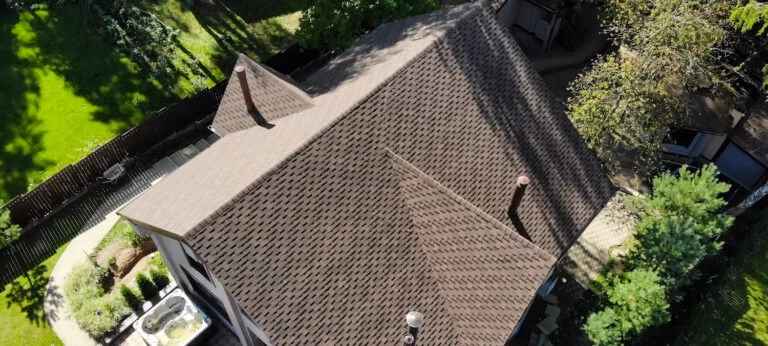
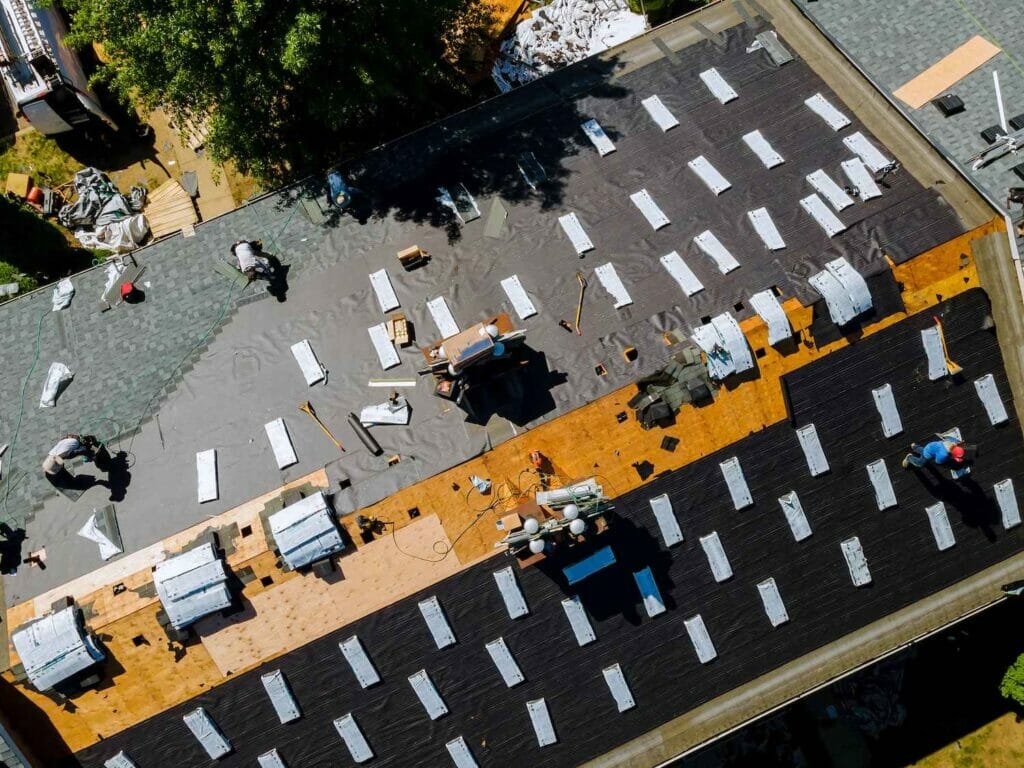
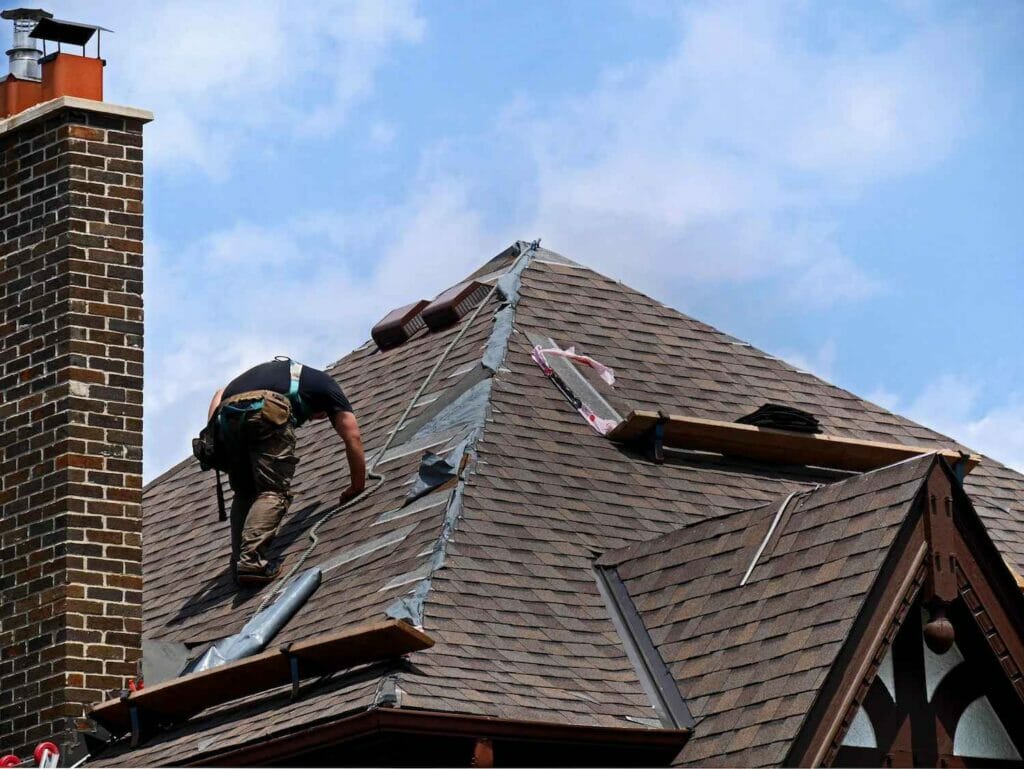
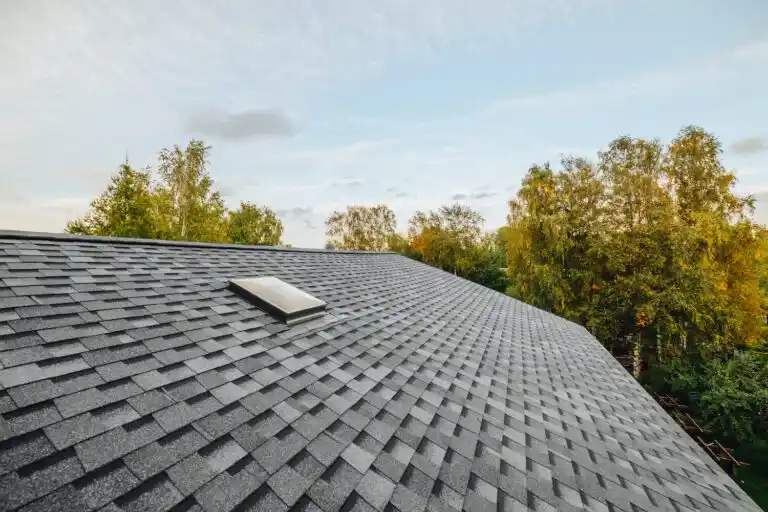
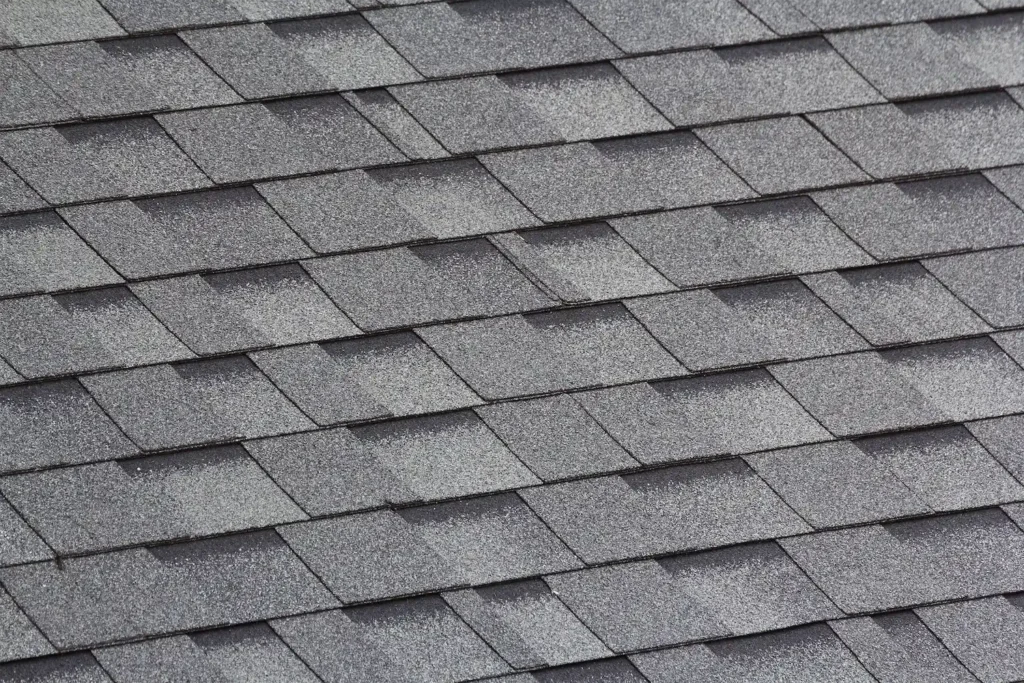
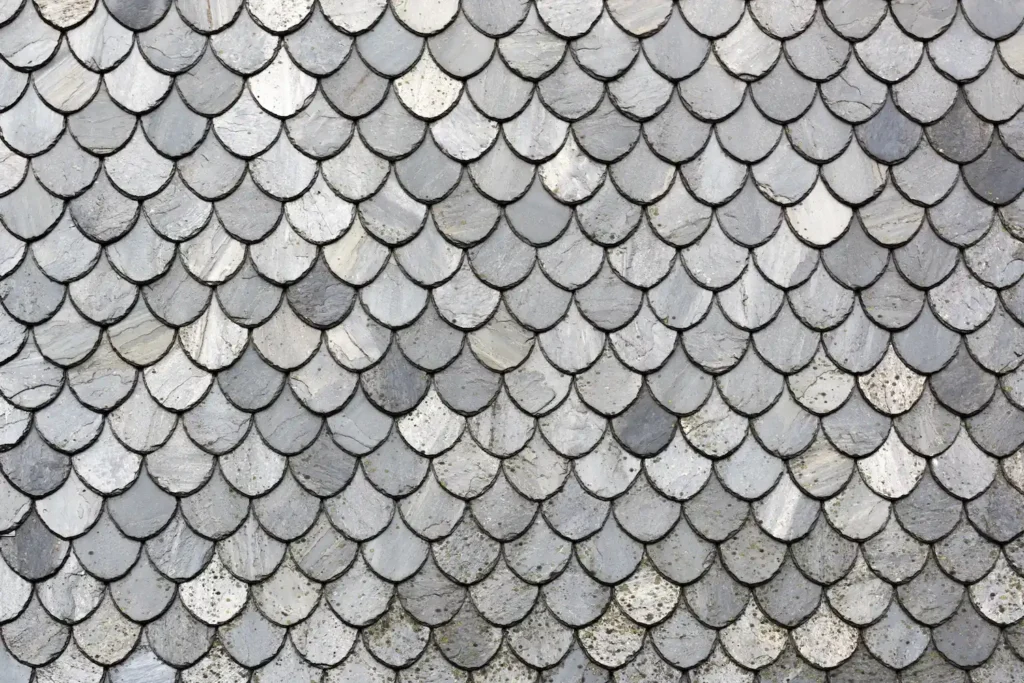
![4 Interior Signs Of Roof Damage To Watch For [Pictures]](https://mars-roofing.com/wp-content/uploads/2022/10/4-Interior-Signs-Of-Roof-Damage-To-Watch-For-Pictures.webp)
